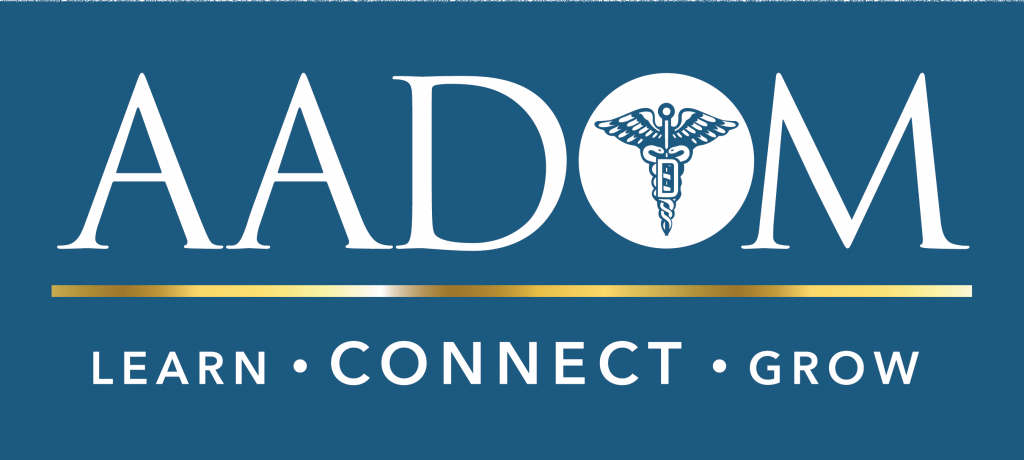RADIOGRAPHS IN DENTISTRY
Radiographs are an important diagnostic tool, helping a doctor diagnose the underlying bone condition and reaching a more accurate diagnosis and further treatment plan.
Teeth and the jaw bones i.e. maxilla, the upper jaw and mandible, the lower jaw, can be captured in radiographs, helping the dentist in an accurate diagnosis.
Oral Radiology has evolved immensely over time. It started with an x-ray film which was developed with the help of fixer and developer, just like the photographs to the present scenario where sensors are attached to a laptop with imaging software making shooting radiographs and visualization exceptionally easy.
The X-Ray shooting machine too has evolved over time, from being wall mounted to portable light weight machines, which has further decreased the radiation exposure of dentists.
The classification of radiographs can be on the basis of, for an easy understanding, simple words are used, with minimal use of technical words.
(1) The area visible in the radiograph – periapex or the occlusal surface or full mouth X-Rays
(2) The placement of the radiograph film or sensor – extra-oral, outside the mouth or intra-oral, inside the mouth.
Based on the above criteria, the different X-Rays are –
1. INTRA ORAL PERI-APICAL RADIOGRAPH – An intra-oral radiograph, the entire tooth is visible with special focus on periapex of the tooth i.e. the apical and surrounding area of the root of the tooth. This helps in assessing the underlying condition of the root which is invisible to the eye during dental check-up. Chronic abscesses, resorption, root cavities are some of the conditions that might go unnoticed, and radiographs provide us with the exact picture, assisting in accurate diagnosis and providing the correct treatment.
SOURCE – dental x-ray center clear imaging
The RadioVisioGraphy (RVG) imaging system commonly used in dentistry to take intraoral periapical radiographs features the latest innovations in digital radiography, delivering the highest image resolution (> 20 LP/mm). RVG consists of a sensor, monitor, and microcomputer components.
Source – Dr. Nandwani’s dental clinic
2. BITEWING RADIOGRAPH – an intra-oral radiograph focusses on the crown of the teeth of both the upper and lower jaw. It helps in diagnosing inter-proximal or simply put, cavities in between two adjacent teeth and also inter-proximal bone loss creating spaces for food lodgement.
Source – Dental care centre
3. OCCLUSAL RADIOGRAPH – an intra-oral radiograph, helps in evaluating the condition of occlusal surfaces of teeth; in children, having mixed dentition, occlusal radiograph helps in assessing the location of the erupting permanent tooth and if it needs some sort of intervention.
Source – India J. Pediatric Oncology
Source – jcd.org.in
4. ORTHOPANTOMOGRAM (OPG) – an intra-oral radiograph, presenting a panoramic or wide view x-ray of the lower face, which displays all the teeth of the upper and lower jaw on a single film. An OPG may also reveal problems with the jawbone and the joint which connects the jawbone to the head, called the Temporomandibular joint or TMJ.
Source – chandan healthcare
5. LATERAL CEPHALOGRAM – also called as Lat Ceph is an extra-oral x-ray taken of the side of the face with very precise positioning, so that various measurements can be made to determine the current and future relationship of the top and bottom jaw (maxilla and mandible) and therefore assess the nature of a patient’s bite.
There are many more extra-oral radiographs, shot as and when the situation demands, but not enlisting them to avoid confusion and over-information.
SOURCE – 3d cdds
6. CONE BEAM COMPUTERIZED TOMOGRAPHY – Cone-beam computed tomography systems (CBCT) are a variation of traditional computed tomography (CT) systems. The CBCT systems used by dental professionals rotate around the patient, capturing data using a cone-shaped X-ray beam. Your doctor may use this technology to produce three dimensional (3-D) images of your teeth, soft tissues, nerve pathways and bone in a single scan.
Source – Highcliffe dental care
How helpful are radiographs to the dentist?
Radiographs play a very essential role in the diagnosis and evaluation of oral health conditions and problems.
Radiographs are used for –
- Cavity detection, location and extent.
- Tooth impaction
- Bone quality
- Evaluation of status of root of tooth
- Periapical pathologies, viz, abscess, granulomas or cysts, resorption
- Facial fractures and tooth fractures
- Eruption status of permanent teeth in children
- Developmental disorders, and more.
Next time you step into your dentist’s clinic, and he shoots a radiograph, you will have an idea of what kind of x-ray it is and its use.
We at Todays Dental are equipped with the best and latest technologies for shooting various radiographs and providing you with the best of our services.
For more information please contact Todays Dental Now.





